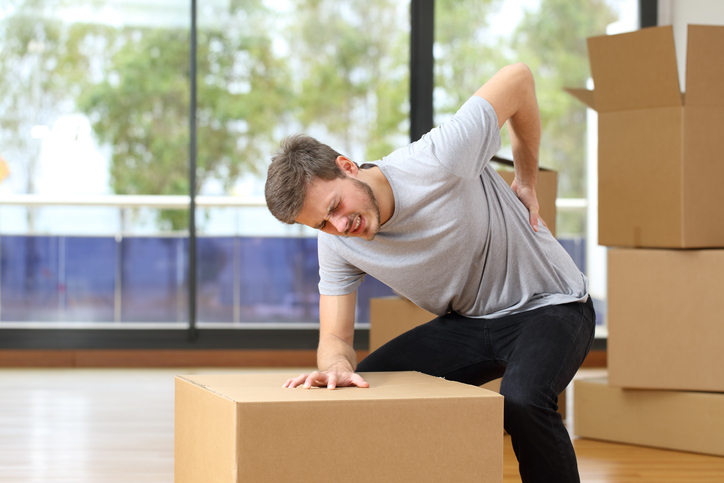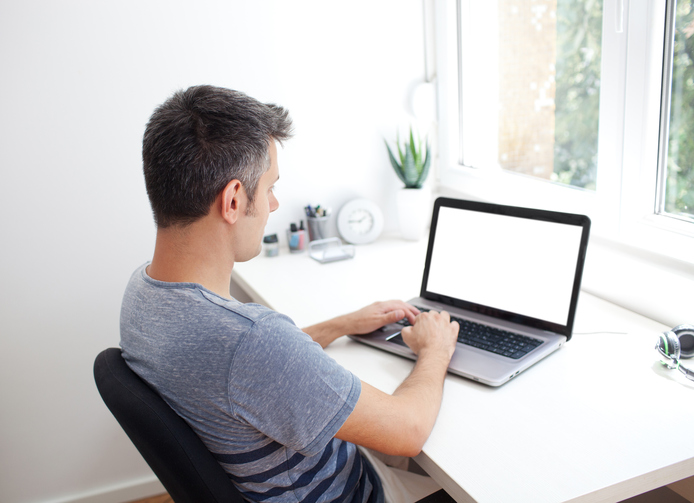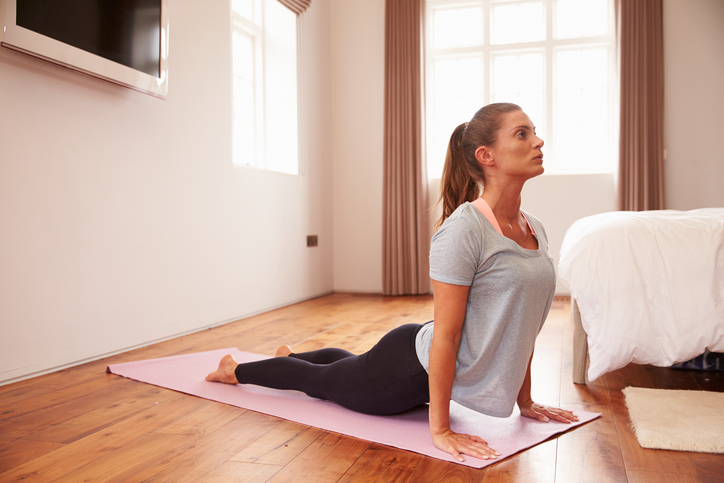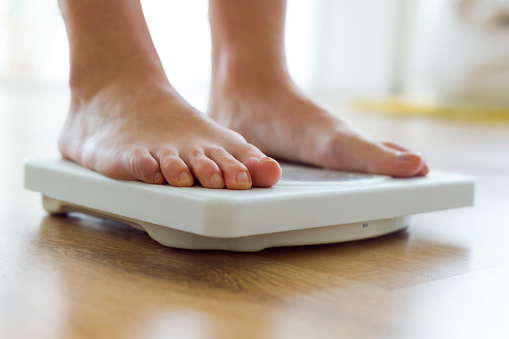How to Beat Back Pain (Finally!)
Article posted in: Lifestyle
More than one in four Americans suffers from back pain. That’s 28.1 percent of us, based on 2014 statistics from the CDC and National Center for Health Statistics. That pain results in a loss of 5.2 hours of productivity at work per week, according to a study published by the American Medical Association.
More importantly, it also costs years of enjoyable life. A 2010 study of global health found that, worldwide, back pain resulted in 21.7 million “disability-adjusted life years” in that year. This refers to the number of lost years of disability-free, healthy living to back pain in a single year.
So if you’re living with back pain, you’re definitely not alone—and it doesn’t have to be permanent. Talk to your doctor, and start beating back pain today.
How to Get Rid of Back Pain:
1. Strengthen your core with the “vacuum.”

In a 10-year analysis of exercise and flexibility training to improve back pain, researchers found that regardless of the other exercise done, “abdominal bracing” contributed to back pain-relieving effects, with the core acting, as a “preliminary muscle back belt on demand.’”
This effect describes the function of a muscle called the transverse abdominis (TVA), a belt-shaped muscle deep in your core that helps create spinal stability and protects your organs by drawing them toward the spine.
To strengthen your TVA and develop the on-demand back belt, try this lying “vacuum” exercise: Lie face up on your back with your knees bent and feet flat on the floor. Forcefully exhale all the air in your lungs. As you breathe in, try to bring your belly button as close to your spine as you can because the closer you get it to your spine, the harder your TVA is working. Continue holding your belly button in as you breathe in and out. With each exhale, try to bring your navel closer and closer to your spine. Continue this for 15 to 20 seconds. Rest for about 30 seconds, then repeat two more times. Do this exercise two to three times per week.
2. Get educated and fix how you sit.

In an analysis of more than 6,000 studies on back pain, researchers found that one of the most effective treatments was a combination of exercise and back pain education—which outlined the causes of back pain, changes in ergonomics that can help and information on exercise.
Without the education, the exercises weren’t as effective. So, if you’re suffering from back pain, ask your doctor for some information: He can help identify the causes of your pain, offer some potential fixes to how you’re sitting or standing and also clear you for exercise before starting any exercise program.
If you’re a desk worker, one thing he might educate you on is how you sit. For starters, he’ll probably say you sit too much: The average American over 60 spends eight and a half to nine and a half hours per day sitting, according to the American Heart Association, and that increases your risk for chronic disease and even death.
But how you sit is important, too: When you sit with your knees at a higher level than your hips, you can exacerbate back pain. To start getting back pain relief immediately, try tilting your desk chair so that your hips are slightly higher than your knees.
3. Do these simple exercises every day.

Now that you’ve asked your doctor whether or not you can exercise, you’ll be ready to do these three back pain-reducing moves each day.
First, do a simple lying glute contraction. Many strength coaches have found that trainees suffer from “gluteal amnesia,” where they can’t physiologically “remember” how to fire their glutes, leaving their low back to pick up the slack. By firing the glutes, you protect your back, and this move makes it simple. Lie face-up on the ground with your legs straight out, feet together and arms interlaced under your head. Keeping your shoulders on the ground, squeeze your butt cheeks together, hold for a second and release. Repeat 25 times.
In a small study from 2012, participants who did this glute contraction, in conjunction with a few other simple exercises every day, kept themselves from experiencing lower back pain in the ensuing year. Another exercise that participants performed was a simple glute bridge.
To do this, lie face-up on a mat with your knees bent and feet flat on the floor. Place your arms at your sides, keeping your feet flat on the floor and your arms relaxed. Squeeze your butt as you slowly raise your hips off the ground, until your body forms a straight line from knees to shoulders. Hold this position for two seconds, then slowly return to the ground. Repeat this five times.
Finally, you’ll do a “passive prone extension,” a movement known in yoga as cobra. If you have a bulging or inflamed disc, your doctor will probably tell you to skip this move, so don’t forget to ask about it! But, if you’re clear, it can have benefits: In a study of 314 Danish soldiers, those who did this move 15 times per day were significantly less likely to report low back injury or pain during their remaining service time compared to those who didn’t do the move.
To perform the passive prone extension, lie face-down on a mat with your legs straight and your palms on the ground, just outside your chest. Keeping your legs on the ground and your shoulder blades together, press through your arms to extend your lower back and raise your chest. Let your head hang back. Hold for a moment, then return to the starting position. Repeat 15 times.
4. Lose weight.

Carrying extra weight can actually compress your spine, causing pain: In a 2012 study published in the journal Spine, researchers found that when subjects lost weight via surgery, the space for their lumbar discs increased by 33 percent—meaning there was that much less pressure on each disc of the lower back. In another study, 19 of 29 patients completely eliminated their back pain after receiving weight loss surgery.
You don’t need surgery, though: Losing weight via nonsurgical means also reduces the burden on your back! When researchers put 46 obese patients on a weight loss program, half of them significantly reduced their low-back pain after 14 weeks. So, losing weight with a program like Nutrisystem or Nutrisystem for Men can not only help increase the years of your life by reducing your risk of cancer, diabetes and heart disease, it can also increase the quality of those years by reducing back pain—get started today!









